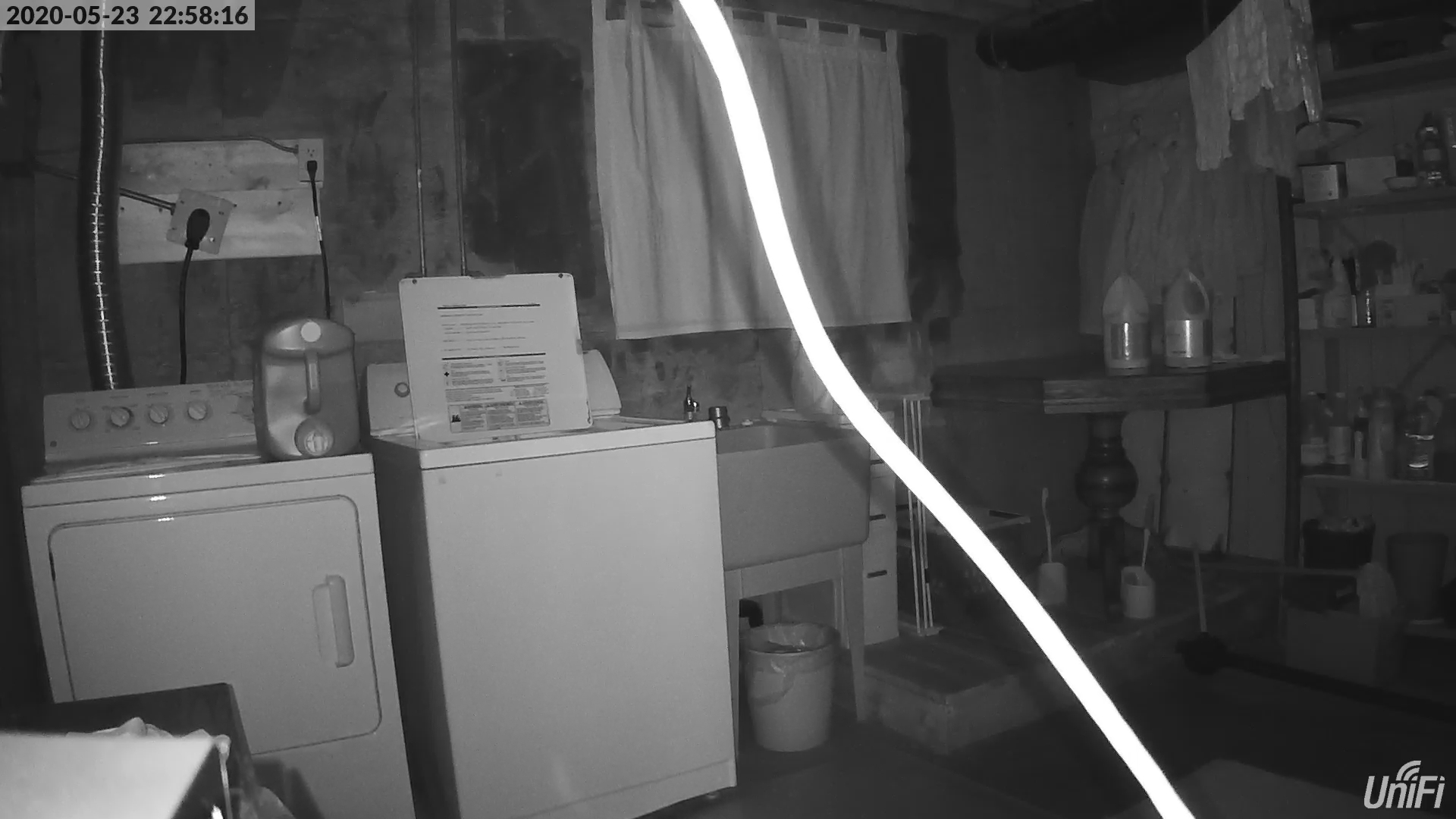Hi all,
Out of my depth here...
I picked up a couple of AP-AC-Pros over the weekend, which are powered via my TPLink T1600G-28PS switch (switch is only being utilized for POE and otherwise 'dumb').
This is a temporary setup before long-term implementation when my new house is ready in a couple of months.
While I know 'what' I want, the 'how' element is beyond my scope of knowledge.
Basically, I only want strong Wifi throughout. Majority of the devices will be hard-wired, so only really mobile devices & the occassional IoT device.
For the APs..
Initially, I set everything up via the Windows .exe controller, although upon reboot of the system, both AP's noted "missed heartbeat" and then "disconnected".
However, Wifi was still functional, I just couldn't control anything.
I decided to try out the Andoird App, and control them as "standalone devices". Easy enough, and all seems to be working as intended. Very little in terms of configuration available of course, but the intent is for basic home use.
I like everything to be overkill (hence these AP, the large POE switch etc), but at the end of the day, I'm probably the target audience for the "standalone devices" option.
Anyway... questions:
*Setup should be a Nokia ONT for a fiber line, CAT6 to ISP provided modem/combo all in one, CAT6 into my POE switch and out via a patch panel to ~12 ports throughout the house/garage (POE enabled/disabled per port accordingly).
Out of my depth here...
I picked up a couple of AP-AC-Pros over the weekend, which are powered via my TPLink T1600G-28PS switch (switch is only being utilized for POE and otherwise 'dumb').
This is a temporary setup before long-term implementation when my new house is ready in a couple of months.
While I know 'what' I want, the 'how' element is beyond my scope of knowledge.
Basically, I only want strong Wifi throughout. Majority of the devices will be hard-wired, so only really mobile devices & the occassional IoT device.
For the APs..
Initially, I set everything up via the Windows .exe controller, although upon reboot of the system, both AP's noted "missed heartbeat" and then "disconnected".
However, Wifi was still functional, I just couldn't control anything.
I decided to try out the Andoird App, and control them as "standalone devices". Easy enough, and all seems to be working as intended. Very little in terms of configuration available of course, but the intent is for basic home use.
I like everything to be overkill (hence these AP, the large POE switch etc), but at the end of the day, I'm probably the target audience for the "standalone devices" option.
Anyway... questions:
- In a residential environment where anything that can be hard-wired (CAT6) is wired, is there any benefit from a dedicated controller running 24/7 (either official controller, Raspberry Pi or similar)? Anything in particular I should note?
- ", would there be any noticeable benefit in opting for my owner router (UBMT or otherwise) vs the ISPs provided router* with Wifi radios disabled? Anything in particular I should note?
*Setup should be a Nokia ONT for a fiber line, CAT6 to ISP provided modem/combo all in one, CAT6 into my POE switch and out via a patch panel to ~12 ports throughout the house/garage (POE enabled/disabled per port accordingly).




